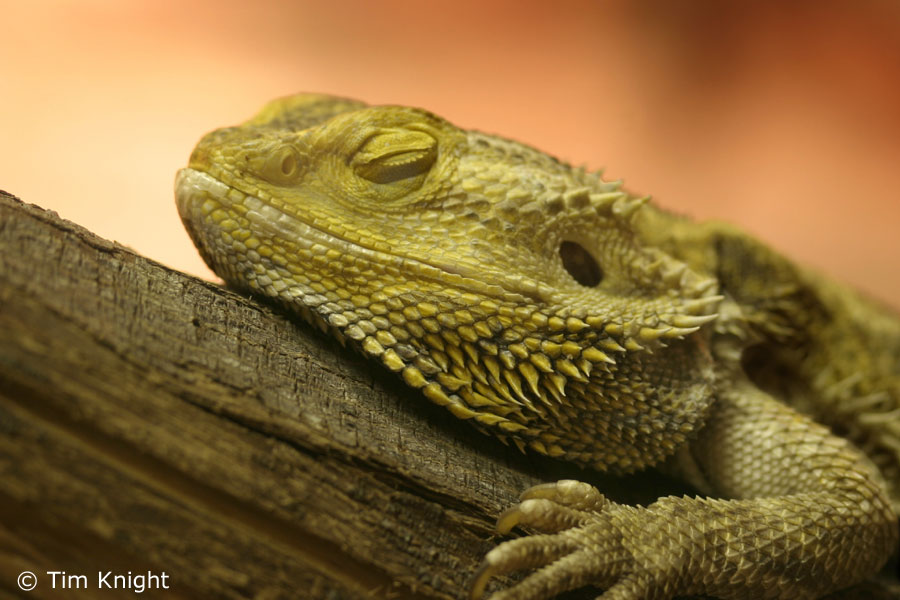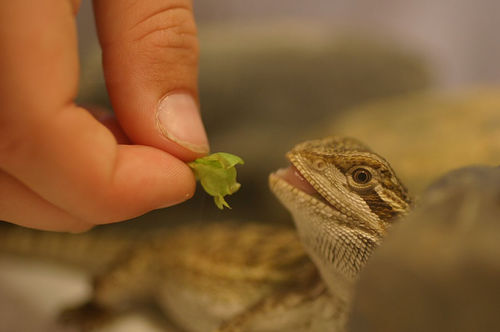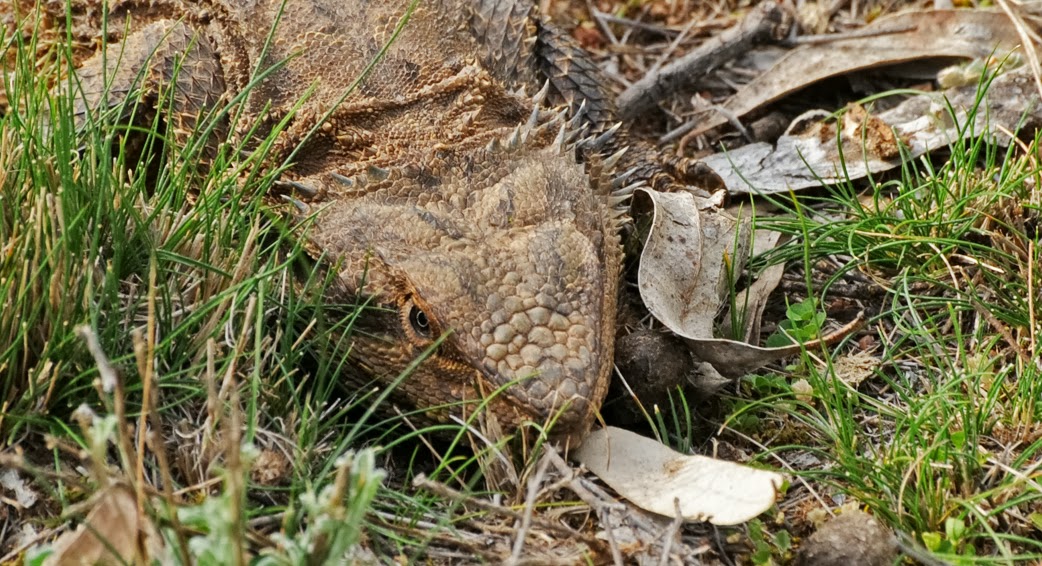The Complete Guide to Tan Bearded Dragons: Characteristics, Care, and More
The Tan Bearded Dragon: A Friendly and Fascinating Pet

Are you looking for a reptile pet that is friendly, easy to care for, and fascinating to observe? Look no further than the tan bearded dragon, a popular species of lizard that is known for its docile nature, unique appearance, and playful personality.
Characteristics of Tan Bearded Dragons
The tan bearded dragon is a species of lizard that belongs to the Pogona genus. They are native to the arid regions of Australia, where they are commonly found in rocky and desert habitats. These reptiles are closely related to the more common inland bearded dragon, and they share many of the same physical and behavioral traits.
- Size: Tan bearded dragons grow to an average length of 18 to 24 inches (45 to 60 centimeters), with males typically being larger than females.
- Appearance: As their name suggests, these lizards have a tan or beige coloration on their skin, with darker brown or black markings on their head, back, and tail. They have spiky scales on their throat that give them a distinctive “bearded” appearance, and their long and slender tails can be used for balance and communication.
- Behavior: Tan bearded dragons are relatively calm and gentle animals that are easy to handle and interact with. They are diurnal creatures, which means they are active during the day and rest at night. They are also social animals that enjoy company, and they are often seen basking in groups or playing with their owners.
- Diet: These lizards are omnivores that have a varied diet consisting of insects, vegetables, fruits, and small animals like mice and rats.
- Lifespan: Tan bearded dragons can live up to 12 to 15 years in captivity if they are well taken care of.
Habitat and Housing Requirements for Tan Bearded Dragons
If you are thinking of getting a tan bearded dragon as a pet, it is important to provide them with a suitable habitat that mimics their natural environment. This includes:
- Terrarium: The minimum size for a single tan bearded dragon is 40 gallons (151 liters), although larger tanks are recommended for multiple lizards or for larger specimens. The terrarium should have plenty of hiding spots, climbing accessories, and basking areas that mimic the lizard’s natural environment.
- Lighting and Heating: These lizards require a heat source like a basking lamp or ceramic heater, as well as a full-spectrum UVB light that helps them synthesize vitamin D3 and prevent health problems. The temperature should be maintained at around 95 to 100 degrees Fahrenheit (35 to 38 degrees Celsius) during the day, and 70 to 75 degrees Fahrenheit (21 to 24 degrees Celsius) at night.
- Substrate: The substrate or flooring for the terrarium should be made of a material that is easy to clean and does not pose a health hazard to the lizard. Options include reptile carpet, paper towels, or non-toxic sand.
- Food and Water: Tan bearded dragons require fresh water at all times, as well as a varied diet that includes live insects like crickets, mealworms, and dubia roaches, as well as fresh vegetables and fruits. It is important to avoid feeding them insects that are too large or that might cause impaction, as well as toxic foods like avocado, onion, and garlic.
Common Health Problems and Risks for Tan Bearded Dragons
Like all pets, tan bearded dragons can develop health problems or be at risk for certain diseases if they are not properly cared for or if they are exposed to harmful bacteria or parasites. Some of the most common health issues for these reptiles include:
- Metabolic bone disease: This is a condition caused by a lack of calcium, vitamin D3, or proper UVB lighting. Symptoms include weakness, tremors, deformities, or difficulty standing.
- Infectious diseases: Tan bearded dragons can be at risk for bacterial or viral infections like salmonella, adenovirus, or herpesvirus. These can be spread through contaminated food, water, or surfaces, and can cause symptoms like diarrhea, lethargy, or respiratory problems.
- Mouth rot: Also known as stomatitis or oral infection, this is a bacterial infection that affects the mouth, gums, or teeth of the bearded dragon. Symptoms include redness, swelling, or pus around the mouth, and can cause loss of appetite or difficulty eating.
- Parasites: Tan bearded dragons can be infected with internal or external parasites like mites, ticks, or worms. These can cause symptoms like itching, irritability, or weight loss.
Conclusion: Is the Tan Bearded Dragon Right for You?
Tan bearded dragons are fascinating and friendly pets that can make great companions for reptile lovers of all ages. However, they do require a certain level of commitment and care, and it is important to research and prepare for their needs before bringing one home. By providing the right habitat, diet, and health care, you can enjoy many years of joy and wonder with your unique and beautiful tan bearded dragon.
.jpg)









